Goal: Problem solving
Source: UMPERG-ctqpe84
A mass of 0.5 kg moving along a horizontal frictionless surface
encounters a spring having k = 200 N/m. The mass compresses the spring
by 0.1 meters before reversing its direction. Consider the total time
the mass is in contact with the spring. What is the total impulse
delivered to the mass by the spring?
- -4 N-s
- -2 N-s
- 0 N-s
- 2 N-s
- 4 N-s
- none of the above
- cannot be determined.
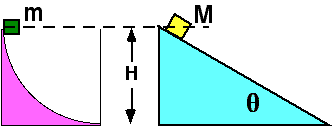

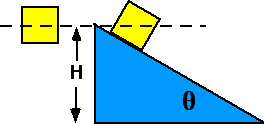
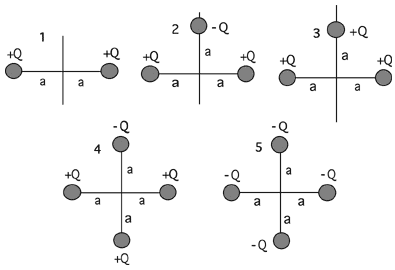
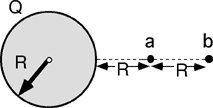
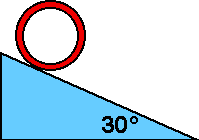


Commentary:
Answer
(2) This problem requires students to put together the concepts
of kinetic and potential energy, and change of momentum. Some may be
tempted to resort to the definition of impulse and try to determine the
force due to the spring.